Politics
Modi And Trump 2.0, Bromance In Full Display? Key Takeaways From Trump-Modi Meeting. Oil—The Big Question, United States Or Russian Oil?
Published
8 months agoon

Trump’s return to the White House has been the focus for the world at large and definitely for India too. Questions have been asked regarding when Modi will meet Trump even as the latter was busy taking some rather headline-grabbing decisions that not only impact the United States but also the rest of the world.
Finally, the wait is over as the two leaders met and pondered on critical decisions that would shape the two economies going forward. Joining Trump’s meeting with Modi was SpaceX and Tesla tycoon Elon Musk, who has launched an aggressive effort as Trump’s right-hand man to overhaul the US bureaucracy.
One thing that Narendra Modi (perhaps deliberately) spoke about was the MAGA vs MIGA approach. MAGA (Make America Great Again and Make India Great Again) referred to Viksit Bharat 2047 and how the dual approach is the common goal and focus for both countries and what could come out of this partnership.
So what are the key takeaways from this much anticipated meeting?

Trade
Trade is the one agenda that Trump has repeatedly pushed and both leaders have agreed to an ambitious target of doubling bilateral trade to $500 billion by 2030. Currently, the US is India’s largest trading partner, with trade standing at $129.2 billion in 2024.
This partnership is particularly crucial in the energy sector, as Trump emphasized that the US aims to become India’s top supplier of oil and gas, ensuring energy security for both nations. Modi, in turn, offered to discuss easing tariffs, purchasing more U.S. oil, gas, and combat aircraft, while Trump laid out a roadmap for reciprocal tariffs.
Defense Deals
US President Donald Trump announced that the United States would be increasing military sales to India by billions of dollars and laying the groundwork for supplying F-35 stealth fighter jets. Speaking at a joint press conference with Indian Prime Minister Narendra Modi, Trump stated, “Starting this year, we will be increasing military sales to India by many billions of dollars. We are also paving the way to ultimately provide India with the F-35 stealth fighters.”
F-35 Showcased at Aero India
The Lockheed Martin F-35 Lightning II, the world’s most widely deployed fifth-generation fighter jet, made a high-profile appearance at the 15th edition of Aero India, Asia’s largest aerospace and defenSe exhibition, held at Yelahanka Air Force Station in Bengaluru. The aircraft, known for its advanced stealth, situational awareness, and networked combat capabilities, was showcased to Indian military and industry leaders.
India’s potential acquisition of the F-35 represents a strategic shift in its military procurement, which has historically relied on a mix of Western and Russian equipment. While specific details about the timeline and final agreement remain undisclosed, the announcement reinforces India’s role as a key player in regional security and the growing defense collaboration between the US and India.
Trump also spoke about the importance of the Quad security alliance—comprising the US, India, Australia, and Japan—in maintaining stability in the Indo-Pacific region. “In 2017, my administration revived the Quad security partnership, and in our meeting today, the PM and I reaffirmed the strong cooperation between the US, India, Australia, and Japan, and it is crucial really to maintain peace, prosperity, tranquillity in the Indo-Pacific,” he said.
Energy Cooperation
Beyond trade, energy cooperation was a key focus. Modi reaffirmed India’s commitment to expanding oil and gas trade, increasing investments in renewable energy, and strengthening nuclear energy partnerships. Trump added, India is also reforming its laws to welcome US nuclear technology, which is at the highest level, into the Indian market. This will bring safe, clean, and affordable electricity to millions of Indians.
US President Trump has announced a deal with Indian Prime Minister Narendra Modi for Delhi to import more US oil and gas to shrink the trade deficit between the two countries.
India, Middle East, and Europe Corridor
Another major development was the commitment to the India, Middle East, Europe (IMEC) corridor, an ambitious trade route set to reshape global commerce. Trump described it as “one of the greatest trade routes in all of history. It will run from India to Israel to Italy and onward to the US, connecting our partners, roads, railways, and undersea cables. It is a big development,” he said.
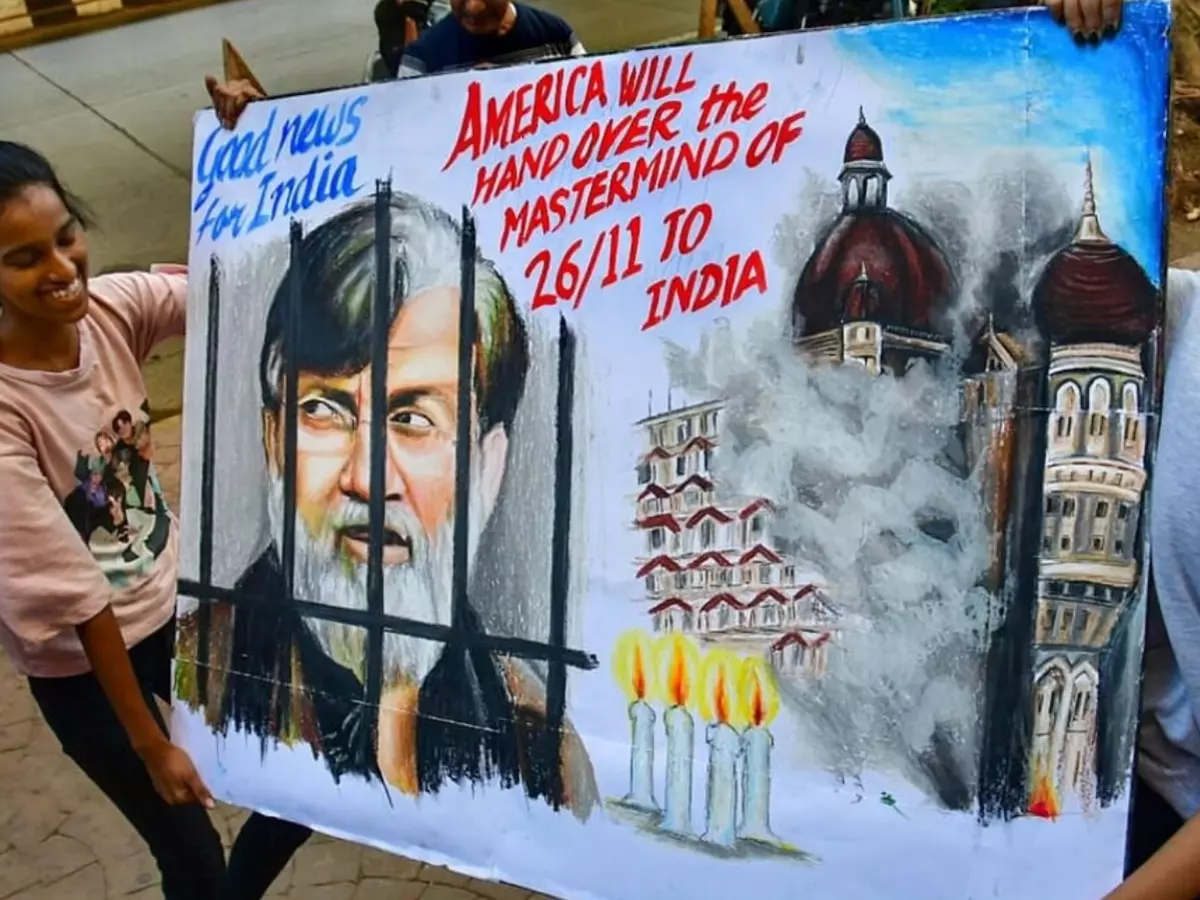
Beyond Economics. Trump Approves Extradition of 26/11 Accused
In a significant move beyond economic and defence discussions, former US President Donald Trump announced the approval of Tahawwur Rana’s extradition to India. The decision was revealed during a White House press conference following Trump’s meeting with Prime Minister Narendra Modi. Trump labeled Rana as “one of the very evil people” responsible for the 26/11 Mumbai terror attacks and confirmed that he would soon be sent back to India to “face justice.”
Tahawwur Rana Extradition
Rana had fought extradition for years, but on January 21, 2025, the US Supreme Court rejected his review petition, effectively clearing the way for his transfer. With no further legal options left, Indian officials have been working closely with US authorities to finalize the logistical details of his surrender.
A former doctor and businessman, Rana is a Canadian citizen of Pakistani origin. He was arrested in Chicago in 2009 for his links to a Pakistan-backed terror network. The FBI charged him with supporting Lashkar-e-Taiba (LeT), the terror group behind the Mumbai attacks.
Though he was convicted in the US for aiding LeT, he was acquitted of charges directly linked to the 26/11 attacks. However, Indian authorities have consistently maintained that Rana played a pivotal role by allowing David Coleman Headley, one of the key planners, to use his immigration business as a cover to conduct reconnaissance in Mumbai.
The approval of Rana’s extradition marks a crucial step in delivering long-awaited justice for the victims of the Mumbai attacks. His return to India is expected to bring renewed focus on terror networks operating across borders and the need for international cooperation in counterterrorism efforts.

The All-Important Question of China
During a joint press conference with Prime Minister Narendra Modi, Donald Trump took a balanced yet assertive stance on China, acknowledging past tensions while emphasizing future cooperation. He spoke about the significance of US-China relations in the context of global stability, particularly in the wake of the COVID-19 pandemic.
India-China Border Tensions
Regarding the ongoing India-China border dispute, Trump acknowledged the intensity of the skirmishes and offered to mediate if required stating – I look at India, I do see the skirmishes on the border, which are quite vicious, and I guess they continue to go on. If I could be of help, I’d love to help, because that should be stopped. His remarks reflect an understanding of the longstanding border tensions between the two Asian giants, which have seen multiple standoffs in recent years.
However, Trump also spotlit China’s potential role in ending the Russia-Ukraine war, hinting at Beijing’s growing global influence.
“I don’t want to be naive, but as leaders go, I think we were very close. And I think that China is a very important player in the world. I think they can help us get this war over with Ukraine and Russia,” he remarked. His statement suggests an openness to diplomatic engagement with China in resolving global conflicts.
Nuclear Arms Race & Future Diplomacy
Touching upon denuclearization, Trump revealed previous discussions with Chinese President Xi Jinping. He stated, “I did speak to President Xi about that, and I was getting also a very good response. He’s building a very strong nuclear power. He’s not very close to Russia or the United States right now, but he will be soon. I mean, he’ll catch up over the period of four or five years.”
Trump expressed his intention to meet with both Chinese and Russian leaders to explore avenues for military de-escalation, particularly concerning nuclear arms. His remarks indicate a recognition of China’s evolving military strength and the importance of strategic dialogue to prevent further escalation in global arms competition.
Trump’s nuanced approach to China—acknowledging tensions while emphasizing diplomatic engagement—reflects an evolving US policy that balances competition with cooperation. His willingness to mediate in India-China disputes and involve Beijing in global peace efforts illustrates the intricate and multifaceted nature of international geopolitics today.
So in a nutshell, the meeting between the two leaders was one that established very clear boundaries of what is immediately on the cards (trade) and what future deals will look like but the question for India is can India play the balancing card?
)
US Relations and Oil Diplomacy
India’s evolving relationship with the United States in the present is marked by deepening strategic and economic ties, with energy cooperation playing a pivotal role. Under US President Donald Trump, energy trade has became a cornerstone of bilateral relations and hence India is looking to ramping up its crude oil and LNG imports from the US, aiming to diversify its energy sources and reduce dependency on the Middle East and Russia.
However, Washington’s pressure to reduce reliance on Russian oil—particularly after Moscow’s invasion of Ukraine—has put India in a difficult position. Despite US sanctions, India has continued purchasing discounted Russian crude, arguing that its national interest necessitates diversified energy procurement. While the US acknowledges India’s economic compulsions, there remains an underlying expectation that New Delhi will gradually pivot away from Russian energy.
Russia Relations and the Oil Factor
- For decades, Russia has been a trusted partner in India’s energy security. India imports a significant portion of its crude oil from Russia, particularly since Moscow began offering steep discounts post-Ukraine invasion. This economic pragmatism has strengthened Indo-Russian ties, ensuring affordable energy access while allowing India to maintain a neutral stance in global geopolitics.
- Beyond oil, Russia has been instrumental in India’s defense sector, providing advanced military hardware, including the S-400 missile defense system. The strong military ties adds more to India’s foreign policy calculus, making it difficult for New Delhi to outright align with the US-led sanctions against Russia.
- Moscow, too, sees India as a crucial partner in countering Western economic isolation. The two nations have been exploring alternatives to dollar-based transactions, including trading in rupees and rubles, to bypass Western financial restrictions. This approach has not only sustained energy trade but also reinforced the long-standing strategic trust between India and Russia.
The Last Bit.
Walking the Tightrope
India’s challenge is to maintain a delicate balance between the US and Russia without alienating either. On one hand, stronger ties with Washington offer economic and technological advantages, particularly in renewable energy, defense, and infrastructure. On the other, Russia remains a key supplier of both energy and military assets that India cannot afford to lose.
New Delhi’s diplomatic approach has been pragmatic—continuing oil imports from Russia while simultaneously deepening energy partnerships with the US. Prime Minister Narendra Modi’s government has managed to carve out a position of strategic autonomy, avoiding overt alignment with any major power bloc. The future of this balancing act will depend on how India manages geopolitical shifts, including potential changes in US foreign policy and Russia’s standing in the global energy market.
With global energy politics in flux, India’s ability to play the balancing card will be tested like never before. Can it continue to reap the benefits of discounted Russian oil while strengthening its energy ties with the US? Because, the answer will define India’s role in the emerging multipolar world order.
You may like
-
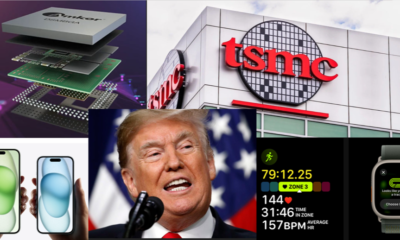

Taiwan’s ‘Historic’ TSMC Deal, A Win Or The End Of Its ‘Silicon Shield’ As China Threatens? A Jittery Taiwan Watches Trump’s Moves On Ukraine, Wondering, Could We Be Next?
-
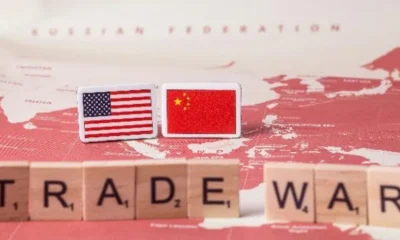

A Trade War That Just Won’t Quit. As Trump’s Tariffs Hit, China Stays The Course, For Xi’s Its Business As Usual Strategy
-
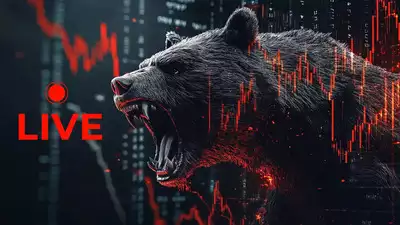

Indian Stock Market In Turmoil. Investors In Panic Mode, Is This A Temporary Correction Or The Start Of A Bear Market?
-


America And China’s Thirst For Gold In 2025 Is Draining Other Countries’ Reserves; Here’s Why?
-


Shakeup In The Auto Sector. Mercedes-Benz 15% Job Cuts, Nissan CEO Exit, And Germany’s Make-Or-Break Year
-
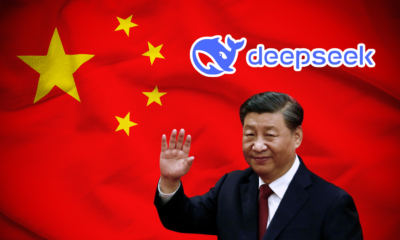

DeepSeek Ai Rush. China’s AI Contender Gears Up for Next Big Launch Even As It Gets Xi Jinping’s Blessings
